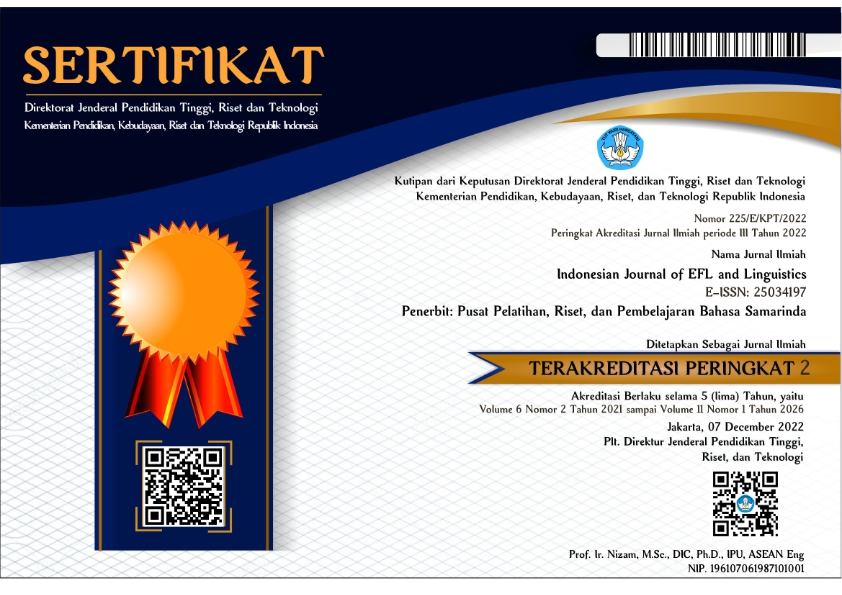Elevating Translation Precision: Note-taking in Consecutive Interpreting across Proficiency Level
Abstract
This study investigates the relationship between note-taking detail, translation accuracy, and proficiency levels among ESL students engaged in consecutive interpreting. The primary aim is to determine how different levels of proficiency affect the detail of notes taken and the resulting accuracy of translations. Participants, categorized into beginner, intermediate, and advanced proficiency levels, were tasked with taking notes while interpreting a source speech. These notes were then analyzed for detail, and the subsequent translations were evaluated for accuracy using a predefined rubric. The analysis involved descriptive statistics to summarize the central tendencies and variability in note-taking detail and translation accuracy within each proficiency level. Additionally, Pearson correlation analysis was conducted to explore the relationship between note-taking detail and translation accuracy across all participants. The findings revealed that advanced students took significantly more detailed notes compared to beginners and intermediates. Furthermore, there was a positive correlation between the detail of note-taking and translation accuracy, indicating that more detailed notes led to more accurate translations. The study also found that proficiency level moderated this relationship, with the impact of detailed note-taking on translation accuracy being more pronounced at higher proficiency levels.
Copyright (c) 2025 Indonesian Journal of EFL and Linguistics

This work is licensed under a Creative Commons Attribution-NonCommercial-ShareAlike 4.0 International License.




